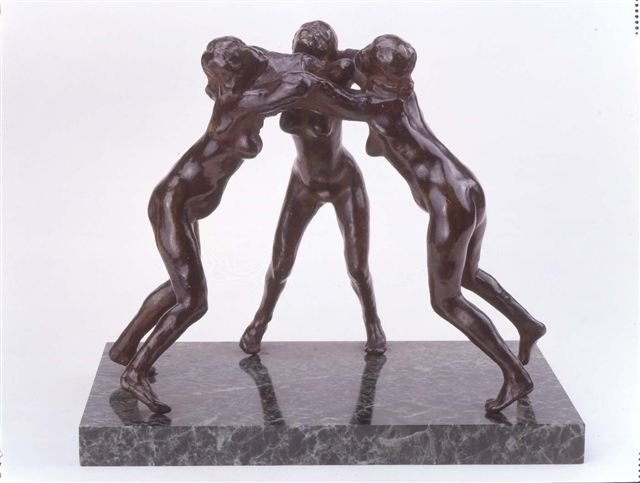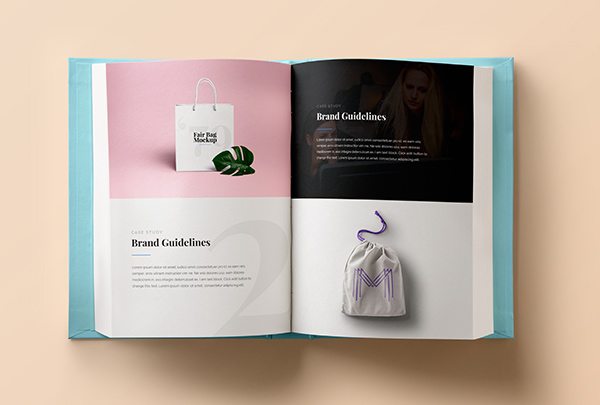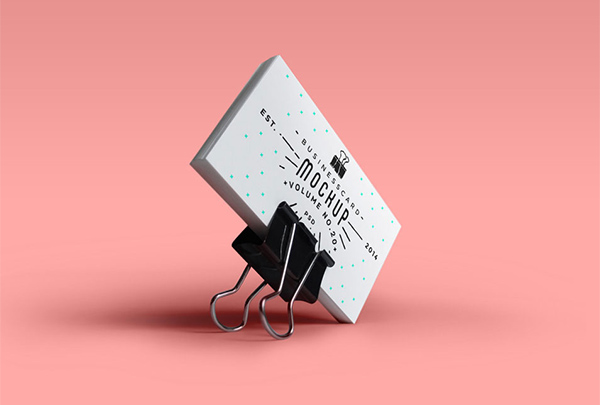
Spotlight on “Three Faunesses”
Now on view at the Nelson-Atkins Museum in Kansas City, Rodin’s Three Faunesses is a titillating and revealing example of the delight the sculptor took in his work and of the way in which he created his finished pieces.
The bronze, just over 9 inches tall, is an assemblage – in this case the repetition of a single figure, making an entirely new piece. The fauness began her life about 1882 as a small but provocative detail of The Gates of Hell. Sometime before 1896 Rodin replicated the plaster figure three times, then combined the three figures in a circle to make a new bronze independent of The Gates. The Foundation’s authorized posthumous cast was made by the Georges Rudier Foundry in 1959.
A fauness is a creature from Roman mythology (like a satyress), a minor and sensual rural goddess who usually has the body of a woman and the tail and ears of a goat. Rodin’s figures are entirely woman. Despite each figure’s small size, in combination their allusions to sensual pagan dances and to women who delightfully use their bodies to provoke, point to Rodin’s interest in erotic themes and forms. Eroticism not only pleased the sculptor, but also pleased his patrons and critics.
Rodin scholar Antoinette Romain says of the 1882 source figure, “this seems to have been one of Rodin’s favorite figures.” Of the Three Faunesses, she notes he always kept a cast of it close to him in his residence in Meudon.






No Comments